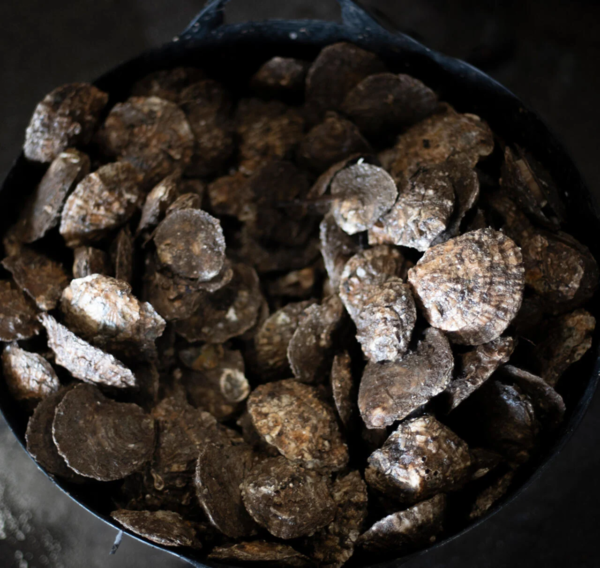A new reef the size of a football pitch has been created in the North Sea as a home for 10,000 native oysters in a conservation project. The Wild Oysters Project has seen 10,000 of them added by hand to the reef, which is a mile off Sunderland, and was made from 750 tonnes of local stone and scallop shells.
Project manager Celine Gamble of ZSL said: “Today marks an important milestone in our journey to restore native oyster reefs to British coastlines.
“We’re optimistic that the 10,000 oysters will thrive, reproduce and grow on the new reef, which is the size of a football pitch, and we look forward to carefully monitoring their progress over the coming months.”
Oysters were once a popular delicacy on the North East coast, but national numbers have declined by over 95% since the 1800s, with the significant decline due to habitat loss, over-harvesting, pollution and disease. (Photo: ZSL).
Ms Gamble added: “This new reef will give the native oyster population a chance to recover and kick-start the population’s natural growth along our coastline.”
Matt Uttley, Restoration Project Manager, Blue Marine Foundation said: “Native oysters are ecosystem engineers, which means they change and improve the environment around them. Native oysters create a structurally complex three-dimensional habitat, which supports an abundance of other marine life and is intrinsically linked with ecosystem biodiversity.”
The oysters will not be farmed to be eaten but will be left to reproduce and potentially spread to other coastal waters.
Ashleigh Tinlin-Mackenzie, local wild oysters marine ecology technical lead, Groundwork NE & Cumbria said the species had been a part of the North East culture for centuries, with oyster saloons and streets named after them. She said: “But this is the first time they’ve been restored to our waters, where they have long been absent, until now.”
Further information can be read in the Independent and from ZSL.
